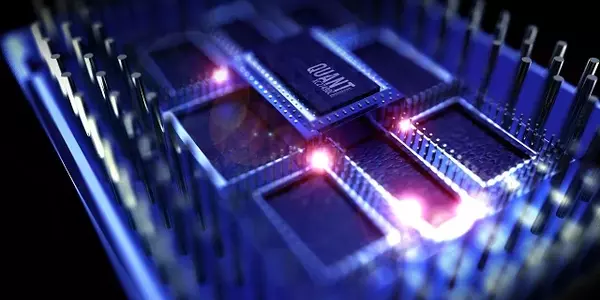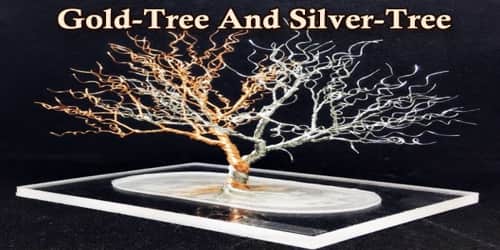Quantum computers are one of the most important future technologies of the twenty-first century. Paderborn University researchers, working under Professor Thomas Zentgraf and in collaboration with colleagues from the Australian National University and Singapore University of Technology and Design, have developed a new light manipulation technology that can be used as the foundation for future optical quantum computers. The findings were recently published in the journal Nature Photonics.
More innovative applications in new information technologies, particularly quantum computers, will be enabled by new light-manipulating optical elements. However, non-reciprocal light propagation through nanostructured surfaces, where these surfaces have been exploited at the microscopic scale, remains a significant challenge.
New optical elements for manipulating light will enable more advanced applications in modern information technology, particularly in quantum computers. Non-reciprocal light propagation through nanostructured surfaces, where these surfaces have been manipulated at a microscopic scale, remains a significant challenge.
We used frequency conversion in specially designed structures with dimensions in the range of a few hundred nanometres to convert infrared light, which is invisible to the human eye into visible light.
Dr. Sergey Kruk
According to Professor Thomas Zentgraf, head of the working group for ultrafast nanophotonics at Paderborn University, “in reciprocal propagation, light can take the same path forward and backward through a structure; however, non-reciprocal propagation is comparable to a one-way street where it can only spread out in one direction.”
Non-reciprocity is an optical property that causes light to produce different material properties when its direction is reversed. A window made of glass that is transparent on one side and allows light to pass through but acts as a mirror on the other side and reflects the light is one example. This is referred to as duality. “In photonics, such duality can be very useful in developing innovative optical elements for manipulating light,” says Zentgraf.
In a current collaboration between his working group at Paderborn University and researchers at the Australian National University and Singapore University of Technology and Design, non-reciprocal light propagation was combined with a frequency conversion of laser light, in other words a change in the frequency and thus also the colour of the light.

“We used frequency conversion in specially designed structures with dimensions in the range of a few hundred nanometres to convert infrared light — which is invisible to the human eye — into visible light,” explains Dr. Sergey Kruk, Marie Curie Fellow in Zentgraf’s group. The experiments show that this conversion process occurs only in one illumination direction for the nanostructured surface, while it is completely suppressed in the opposite illumination direction. This duality in frequency conversion characteristics was used to encode images into an otherwise transparent surface.
“We arranged the various nanostructures in such a way that they produce a different image depending on whether the sample surface is illuminated from the front or the back,” Zentgraf explains, adding that, the images only became visible when we used infrared laser light for illumination.
Nanotechnology, or the use of nanometre-scale structures, may provide a toolbox for achieving such a goal. Nanotechnology has the potential to contribute to a wide range of other technological areas, including biosensing, catalysis, and display technology, where lead times may be much shorter. Chip fabrication will undoubtedly enter the world of sub-100nm feature sizes in the very near future.
The intensity of the frequency-converted light within the visible range was still very low in their initial experiments. The next step is to improve efficiency even further so that less infrared light is required for frequency conversion. The direction control for frequency conversion in future optically integrated circuits could be used to switch light directly with a different light or to produce specific photon conditions for quantum-optical calculations directly on a small chip.
“Perhaps we will see an application in future optical quantum computers where directed production of individual photons via frequency conversion plays an important role,” Zentgraf speculates.
















